How Do 4g Cameras Work ?
4G cameras work by utilizing the 4G network to transmit data wirelessly. These cameras are equipped with a SIM card that allows them to connect to the internet via the 4G network. They capture images or videos and then compress and transmit the data over the 4G network to a remote server or a designated device. This allows users to remotely monitor and access the camera's feed in real-time from anywhere with a 4G connection. The 4G network provides a fast and reliable connection, enabling seamless transmission of high-quality images or videos. Additionally, some 4G cameras may have built-in features such as motion detection or night vision capabilities, enhancing their functionality and versatility.
1、 Wireless transmission of high-quality images and videos over 4G networks.
How do 4G cameras work? 4G cameras utilize the power of 4G networks to wirelessly transmit high-quality images and videos. These cameras are equipped with built-in 4G modules that allow them to connect to the internet and send data over the cellular network.
When a 4G camera captures an image or records a video, it compresses the data and sends it over the 4G network to a designated receiver or cloud storage. The 4G network provides a fast and reliable connection, ensuring that the images and videos are transmitted quickly and efficiently.
One of the key advantages of 4G cameras is their ability to transmit high-quality images and videos in real-time. This is particularly useful in applications such as surveillance, where immediate access to live footage is crucial. With 4G cameras, security personnel can monitor a location remotely and receive real-time updates on any suspicious activities.
Moreover, 4G cameras are often equipped with advanced features such as motion detection and night vision, enhancing their effectiveness in various scenarios. These cameras can detect movement and send alerts to the user, allowing for proactive monitoring and response.
In recent years, there has been a growing demand for 4G cameras due to the increasing availability and reliability of 4G networks. Additionally, the emergence of 5G networks promises even faster and more stable connections, further enhancing the capabilities of 4G cameras.
Overall, 4G cameras provide a convenient and efficient solution for wireless transmission of high-quality images and videos. With advancements in network technology, these cameras are becoming increasingly popular in various industries, including security, transportation, and remote monitoring.

2、 Integration of advanced camera technology with 4G connectivity.
Integration of advanced camera technology with 4G connectivity has revolutionized the way we capture and share images. 4G cameras combine the capabilities of high-quality cameras with the speed and connectivity of 4G networks, enabling users to instantly capture, edit, and share photos and videos.
At the core of 4G cameras is the integration of advanced camera sensors and lenses. These cameras are equipped with high-resolution sensors that capture images with exceptional detail and clarity. The lenses are designed to optimize light intake and focus, ensuring that the images captured are sharp and vibrant.
The integration of 4G connectivity allows users to instantly share their photos and videos with others. With 4G networks, users can upload their images to social media platforms, cloud storage, or share them directly with friends and family. This real-time sharing capability has transformed the way we communicate and connect with others, allowing us to instantly share our experiences and memories.
Furthermore, 4G cameras often come with built-in editing features and applications. Users can now edit their photos and videos directly on the camera itself, without the need for additional software or devices. This convenience allows for quick and easy editing, enhancing the overall user experience.
From a latest point of view, the integration of advanced camera technology with 4G connectivity continues to evolve. With the advent of 5G networks, we can expect even faster and more seamless connectivity, enabling users to capture and share content in real-time with even greater speed and efficiency. Additionally, advancements in camera sensors and lenses will continue to improve image quality, allowing for more professional-grade photography on mobile devices.
In conclusion, 4G cameras combine advanced camera technology with 4G connectivity, enabling users to capture, edit, and share high-quality images and videos instantly. This integration has transformed the way we communicate and share our experiences, and with the continuous advancements in technology, we can expect even more exciting developments in the future.
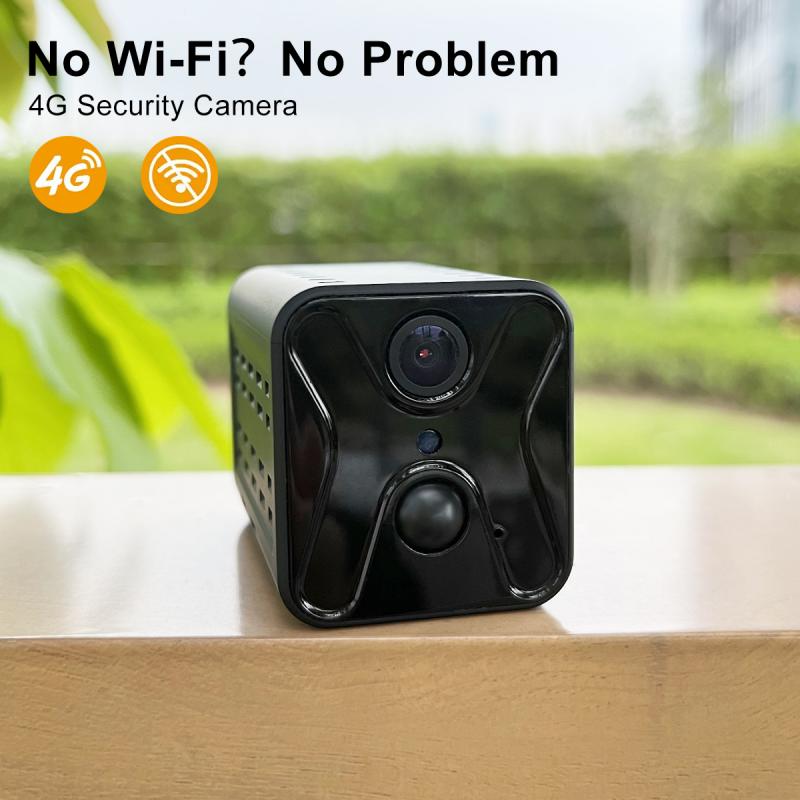
3、 Utilization of 4G networks for real-time streaming and remote monitoring.
Utilization of 4G networks for real-time streaming and remote monitoring has revolutionized the way cameras work. 4G cameras, also known as cellular cameras, leverage the high-speed data transmission capabilities of 4G networks to enable seamless real-time video streaming and remote monitoring.
These cameras are equipped with built-in 4G LTE modems, allowing them to connect directly to the internet via a cellular network. This eliminates the need for a physical internet connection, such as Wi-Fi or Ethernet, making them highly versatile and suitable for remote locations or areas with limited connectivity options.
When it comes to real-time streaming, 4G cameras capture video footage and transmit it over the 4G network to a designated server or cloud storage. The high bandwidth and low latency of 4G networks ensure smooth and uninterrupted video streaming, enabling users to monitor live feeds from anywhere in the world.
Remote monitoring is another key feature of 4G cameras. Users can access the camera's live feed and recorded footage remotely through a mobile app or web portal. This allows for real-time monitoring of events or activities, enhancing security and surveillance capabilities.
The latest advancements in 4G camera technology have further improved their functionality. For instance, some 4G cameras now support high-definition video streaming, enabling users to capture and transmit high-quality footage. Additionally, advanced features like motion detection and facial recognition have been integrated into these cameras, enhancing their effectiveness in various applications, such as home security, traffic monitoring, and industrial surveillance.
In conclusion, 4G cameras utilize the high-speed data transmission capabilities of 4G networks to enable real-time streaming and remote monitoring. With the latest advancements in technology, these cameras offer enhanced features and improved video quality, making them a valuable tool in various industries.
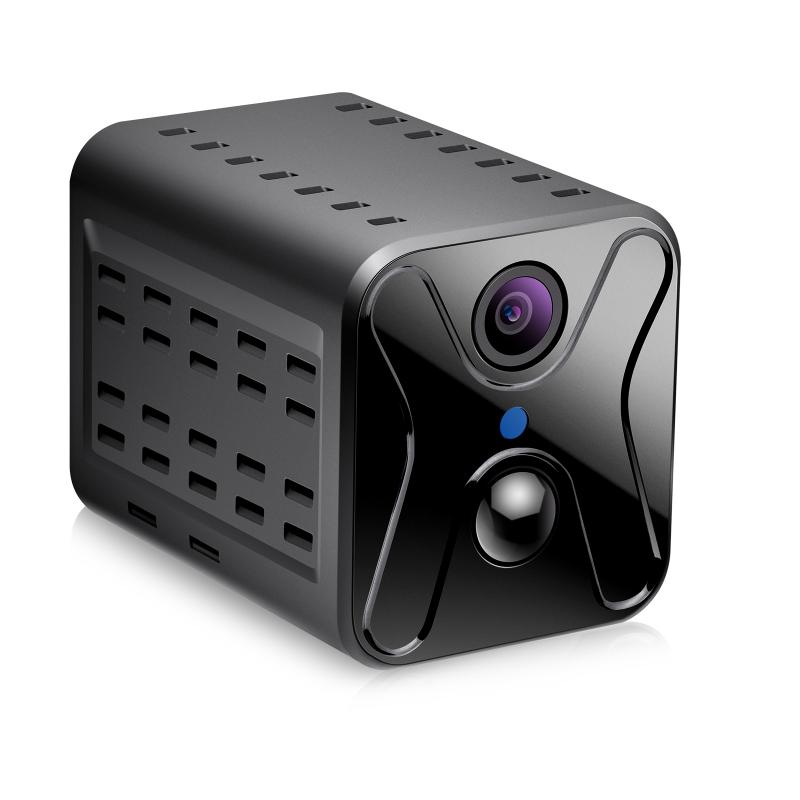
4、 Enhanced image processing capabilities enabled by 4G camera systems.
4G cameras, also known as LTE cameras, utilize the power of 4G networks to enhance their image processing capabilities. These cameras are equipped with built-in cellular connectivity, allowing them to transmit data over high-speed 4G networks. This connectivity enables real-time streaming of high-quality video footage and images, making them ideal for surveillance, monitoring, and other applications.
The 4G camera systems work by capturing images or video footage using their high-resolution sensors. These images are then processed within the camera itself, utilizing advanced algorithms and image processing techniques. The processed data is compressed and transmitted over the 4G network to a remote location, such as a monitoring center or a mobile device.
One of the key advantages of 4G cameras is their ability to provide real-time monitoring and remote access to the captured footage. This means that users can view the live video feed or access recorded footage from anywhere, as long as they have an internet connection. This level of accessibility and convenience is particularly beneficial for security purposes, as it allows for immediate response to any suspicious activity.
Furthermore, the latest advancements in 4G camera technology have led to improved image quality and enhanced features. These cameras now offer higher resolution, better low-light performance, and improved image stabilization. Some models even incorporate artificial intelligence algorithms for object recognition and tracking, further enhancing their surveillance capabilities.
In conclusion, 4G cameras leverage the power of 4G networks to provide enhanced image processing capabilities. With real-time streaming, remote access, and improved image quality, these cameras are becoming increasingly popular for various applications, including security, surveillance, and monitoring. The continuous advancements in technology are expected to further enhance the capabilities of 4G cameras, making them even more efficient and reliable in the future.
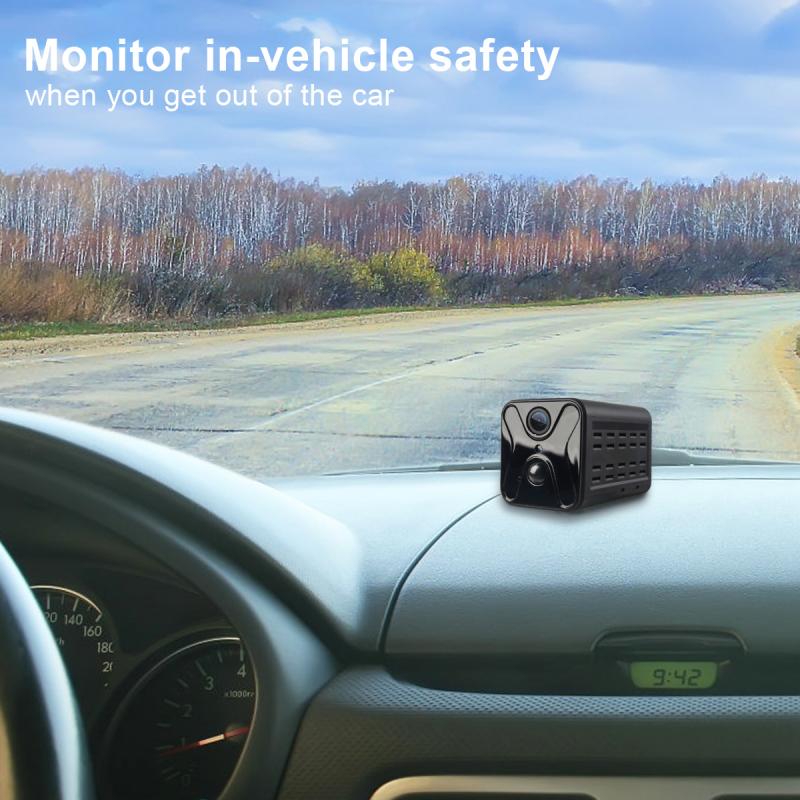
















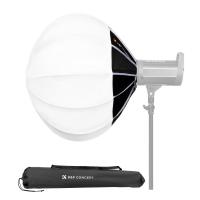








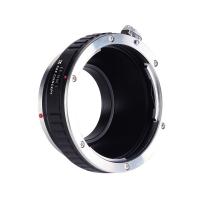
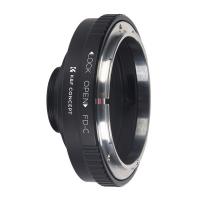



There are no comments for this blog.